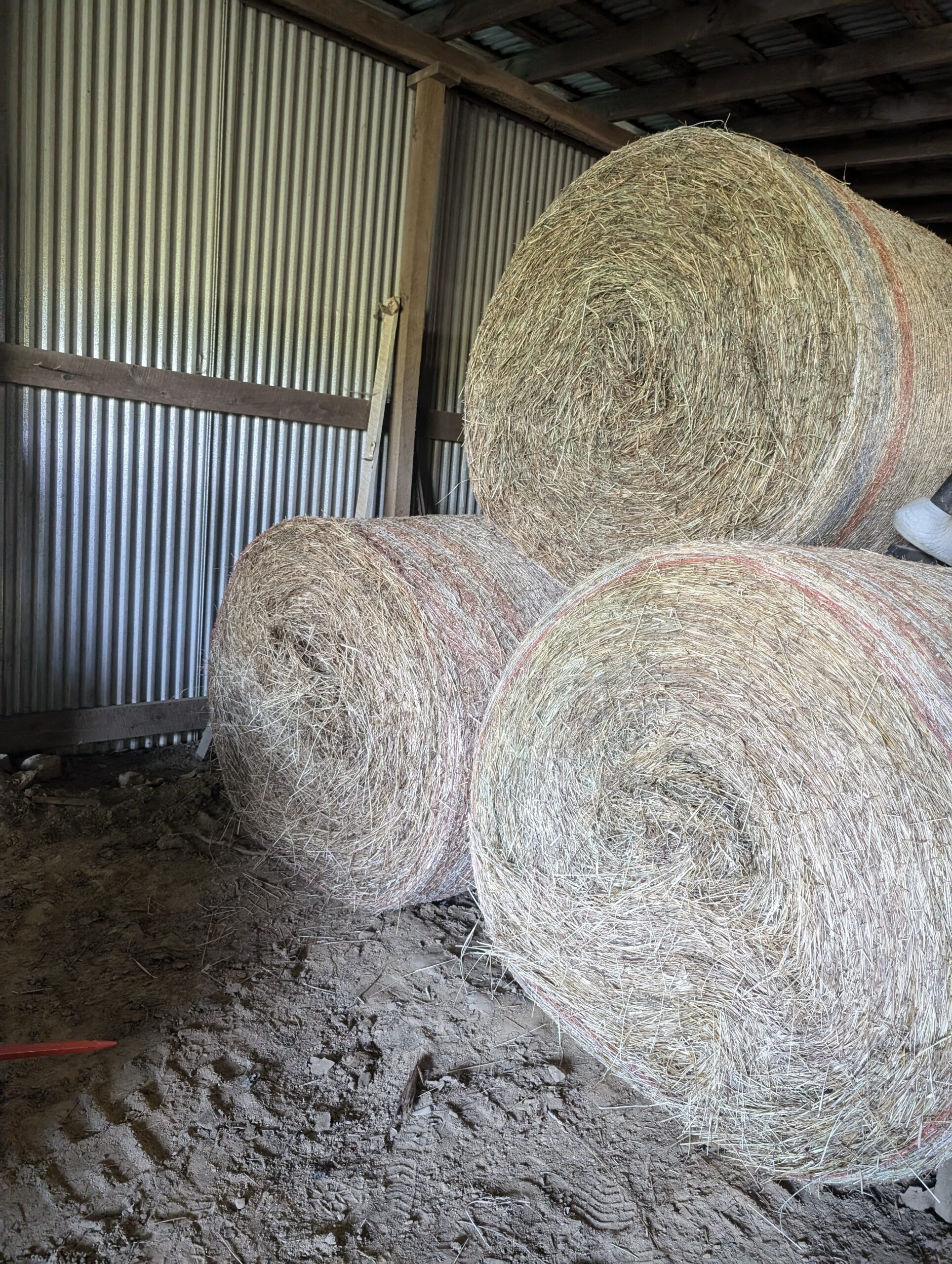Forage quality is a term that encompasses various factors and characteristics that determine the value of forage in supporting animal performance. High-quality forage can significantly impact the health, growth, reproduction, and productivity of livestock. Animal performance is the most critical measure of forage quality, particularly when animals are fed forage exclusively and on a free-choice basis. The true quality of forage is reflected in its ability to support optimal growth, reproduction, and overall health in livestock. This article aims to define what constitutes high-quality forage, explore the factors that influence forage quality, and provide insights into how farmers and livestock producers can achieve and maintain high-quality forage.
Table of Contents
Defining High-Quality Forage
High-quality forage is forage that meets the nutritional needs of the livestock consuming it, enabling them to maintain or improve their health and productivity. The quality of forage is determined by several factors, including its palatability, digestibility, nutrient content, and the absence of anti-quality factors.
- Palatability refers to how appealing the forage is to the animals, which influences their willingness to consume it. Factors such as smell, taste, and texture play a role in palatability. High-quality forage is usually highly palatable, leading to higher intake by the animals.
- Digestibility is the proportion of forage that can be broken down and absorbed by the animal’s digestive system. High-quality forage typically has a high digestibility, meaning that a significant portion of the forage can be utilized by the animal for energy and nutrients.
- Nutrient Content involves the levels of essential nutrients, such as proteins, carbohydrates, fats, vitamins, and minerals, in the forage. High-quality forage should provide adequate amounts of these nutrients to meet the specific dietary requirements of the livestock.
- Absence of Anti-Quality Factors refers to the lack of harmful compounds or elements that can negatively impact animal health or performance. Examples of anti-quality factors include toxic compounds, excess nitrates, or molds that can lead to reduced intake, illness, or even death.

Factors Influencing Forage Quality
Several factors influence the quality of forage, including plant species, stage of maturity at harvest, environmental conditions, and harvesting and storage practices.
- Plant Species: Different forage species have varying nutritional profiles. For example, legumes like alfalfa generally have higher protein content and digestibility compared to grasses like timothy or orchardgrass. However, grasses may provide better fiber, which is crucial for proper digestion in ruminants.
- Maturity Stage: The stage of maturity at which forage is harvested is one of the most critical factors affecting its quality. As plants mature, their fiber content increases while digestibility and protein content decrease. Harvesting forage at the optimal stage of maturity, usually just before full bloom for legumes or at the boot stage for grasses, can maximize quality.
- Environmental Conditions: Weather and soil conditions also play a significant role in determining forage quality. For example, forage grown in cooler climates typically has higher digestibility and protein content compared to that grown in warmer climates. Soil fertility, particularly the availability of nutrients like nitrogen, phosphorus, and potassium, directly impacts the nutritional value of forage.
- Harvesting and Storage Practices: Proper harvesting and storage are essential to maintaining forage quality. Leaf shatter, moisture content during baling, and exposure to rain or excessive heat can all reduce forage quality. For instance, hay that is baled too wet can develop mold, while hay that is overly dry may lose significant amounts of leaves, which are the most nutritious part of the plant.

Measuring Forage Quality
Forage quality is typically assessed through laboratory analysis that measures various parameters such as Crude Protein (CP), Acid Detergent Fiber (ADF), Neutral Detergent Fiber (NDF), and Total Digestible Nutrients (TDN).
- Crude Protein (CP): This is a measure of the nitrogen content in the forage, which reflects its protein content. Higher CP levels indicate higher quality, particularly for growing or lactating animals that require more protein.
- Acid Detergent Fiber (ADF) and Neutral Detergent Fiber (NDF): These are measures of the fiber content in the forage. ADF represents the least digestible fiber portion, while NDF indicates the total fiber content. Lower ADF and NDF values generally correlate with higher forage quality because they imply better digestibility and intake potential.
- Total Digestible Nutrients (TDN): This is an estimate of the overall energy content of the forage. High TDN values indicate that the forage provides more energy, which is crucial for animals with high energy demands, such as lactating cows or growing cattle.
Conclusion
High-quality forage is essential for the health and productivity of livestock. Achieving and maintaining high-quality forage requires attention to the choice of forage species, the timing of harvest, and proper management of harvesting and storage practices. Animal performance is the ultimate test of forage quality, encompassing nutritive value, intake potential, and the absence of anti-quality factors. By focusing on these aspects and regularly testing forage quality, farmers and livestock producers can ensure that their animals receive the nutrition they need to thrive. High-quality forage not only supports optimal animal performance but also contributes to the economic sustainability of livestock operations by reducing the need for supplemental feeds and improving overall herd health.
About the Author: Cody Deluisio
Cody Deluisio is a farmer from Avonmore, Pennsylvania, where he runs a small organic farm. On his farm, Cody raises cattle and grows a variety of organic vegetables. He’s committed to sustainable and practical farming practices that support the health of the land and his livestock.
Cody has earned his “Hay Sampling Certification” from the National Forage Testing Association (NFTA), with certification number #05339. This certification ensures that he follows proper protocols for hay sampling, contributing to the quality and care of the forage used on his farm.

